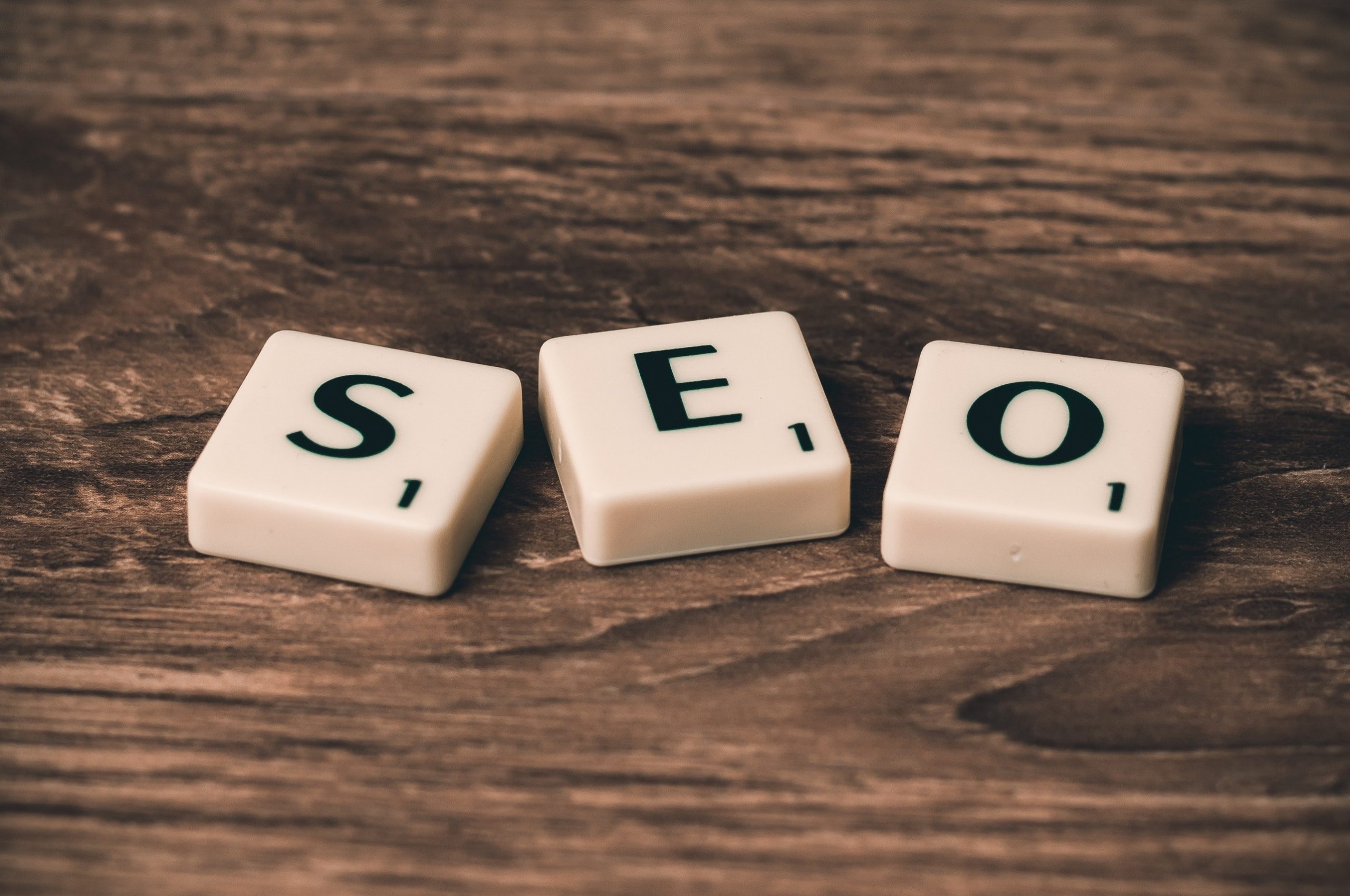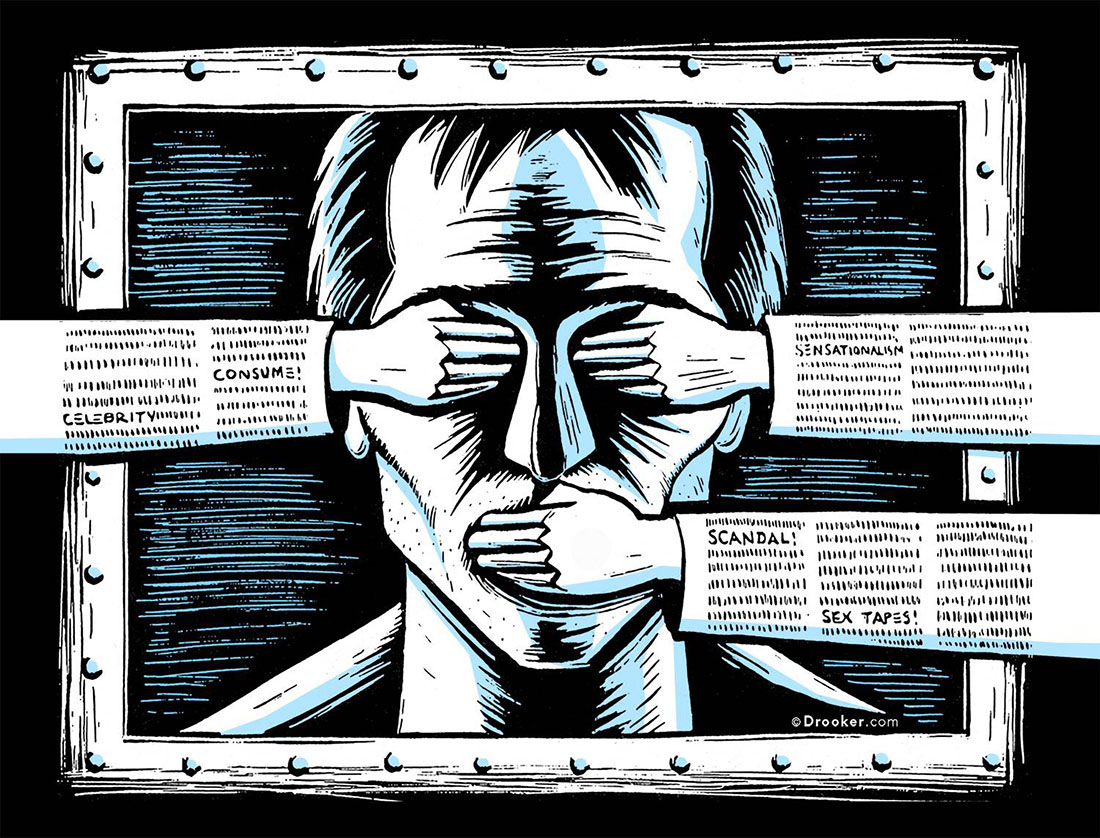In marketing, the process of buying process is a special phenomenon. Accordingly, everything will not be limited to one purchase. This process is cyclical, but it also has its own structure. It is important for it is important for the buyer to realize this, as at each stage he improves his decision and their investment in self-development, so to speak.
Recognizing the need
Before buying something, a person should ask himself an elementary question: "What do I need?". Yes, everything starts with a need. The goal of future negotiations is to fulfill this need. А advertising reinforces it: vivid impressions, arguments in favor of a product or service, etc. Next, we calculate the resources and choose the most appropriate option (and obviously, everyone wants something more prestigious). For the company, the main goal is to is to fulfill the consumer's needs, as this is the only way to maintain the loyalty of its customers' loyalty. For the best results, you should accurately define your target audience so that the product meets the requirements of users.
Search for information
The need has been identified, now the consumer needs to learn more about this product. That is, the intrigue still exists, and there is no clear definition of the future "good" yet. Tune in to the positive when searching for a product, because our globalized world is full of choices. The role of advertising at this stage is probably the most important: from shop windows to comments of from TV advertising to social media advertising. Finally, we can read reviews from ordinary users or listen to information from consultants.
Evaluation of alternatives
The client filtered out the preliminary results, the list became shorter according to personal criteria, but there is only one final product, and it is worth asking another question: "What is is the most appropriate?" If you need a vehicle, you can, for example take a car and a motorcycle: do you need to travel long distances or short distances, are you a are you a student or an entrepreneur? Different criteria can be submitted, but here, too, you need to apply to the previous stage: the information will be placed where it is where it will be searched for. That is why it is advisable for the company to expand its "sales area": geographic, demographic, psychological, etc.
Purchase decision
There is an informal rule: the first purchase is always a trial. However, even in this regard, it is important to distinguish between the types of goods and services that are provided to us. For example, if you are going on a a cruise trip, you need to think carefully before making your final decision. It's not like buying candy: you try it, you don't like it, and you won't buy it again. you won't buy it again. Therefore, the company's goal is to reduce risk by providing sufficient amount of information.
Assessment.
A product or service has been tested, and now we are using the example of tasters to evaluate its qualities. However, at an elementary level, the consumer asks a third important question: "Am I right?" The effectiveness of a product is important when continuing to use it. However, after purchasing an expensive product, the buyer may be unpleasantly surprised, which is called "post-purchase dissonance". Therefore, take into account all the sources of information that are available and make smart decisions!









